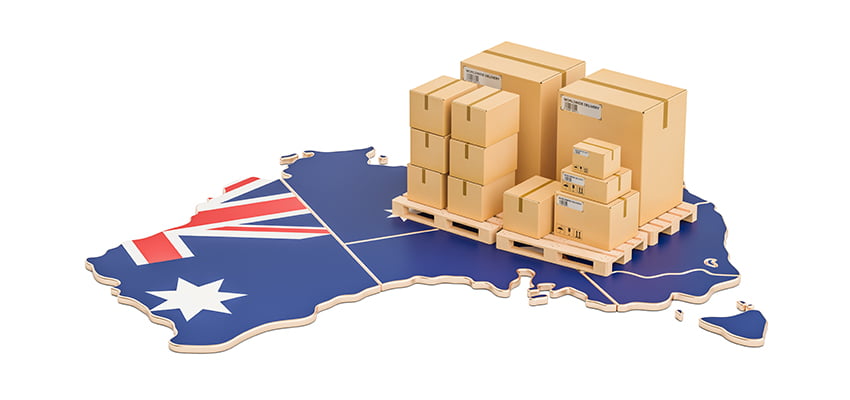AUSTRALIA is a relatively young country and the size of Europe or North America. It is unlikely that we will catch up with these other continents in terms of servicing the population with a functioning and flexible supply chain until 2050. Due to the sheer size of Australia and more than 50% of the population being in Melbourne, Sydney and Brisbane, our logistics are obviously a bit more complicated than other countries. It’s essential that we work smarter and not try to invent the wheel again and again.
Lessons from Europe
As the baby boomers are tilting out of the workforce and into retirement this in turn prompts a high demand for more workers. Our own ‘king of demographics’ Bernard Salt, estimated this gap a couple of years ago at about 200,000 skilled workers per annum. These workers will not only have to take over from the retirees but also support the elderly with healthcare, social assistance, nursing homes, etc. In other words going forward healthcare will be a big and important pillar in our economy. What I am getting at is that this will not only put further pressure on the supply chain in healthcare but also on other supply chains like electronics, whitegoods, building supplies, groceries, entertainment and general e-commerce due to the required population growth.
Servicing almost half the Australian population (around 11m people) in three metropolitan areas requires a smart and effective solution to deliver products from business to business and business to consumer. Because of the distance between the cities each city need to develop or adapt to an optimised delivery solution to avoid major congestion.
State governments already identified significant changes reflected in vehicle registration data, where the growth in LCV or ‘small white vans’ has outstripped the growth in other freight vehicles in recent years. Plus a growth in e-commerce means consumers expect greater levels of service and faster delivery of products.
Consumer expectations are already having a major impact and Australia Post saw a 5.6% rise in domestic parcels in 2016-17 and it has become increasingly difficult to make deliveries in the larger metro areas, especially the CBD.
If we wish to grow our cities and ensure their continuing functionality and amenity, we must implement smart and effective solutions which can support the increasing freight tasks.
Lessons from Europe
These challenges are not unique. Most cities in The Netherlands like Amsterdam, Arnhem and Zutphen originating from the Middle Ages and were all established between the 13th and the 16th century. So they are very old beautiful cities with typical small cobble stone streets, with stunning but dense housing and some are on canals which today is of course a nightmare for deliveries. More often than not streets are blocked by various trucks making deliveries to shops, individuals and other businesses making the inner city unliveable and unsafe.
Policymakers realised that the last mile delivery had to change so several freight consolidation centres were established on the fringe of some of the cities where all freight is cross docked and consolidated onto smaller electrical vehicles which in turn deliver the freight into the city centre.
Closer to home
In Australia, many parcel carriers have already been forced to transfer freight to smaller vehicles to access our CBD’s not to mention juggling the limited on-street loading zones (if available).
Yes the technologies exist now to better co-ordinate and allocate limited road space and delivery docks in the CBD but our CBD’s are not very freight friendly. Apartment blocks and retail precincts, particularly in the inner city, are often built without sufficient attention to the needs of freight deliveries and waste collection. There is a growing shortage of on-street loading zones for freight vehicles.
This results in freight vehicles wasting time and money circling city and suburban retail precincts to find a suitable parking location close to the delivery destination.
Final thoughts
So for Australia the use of freight consolidation centres to improve access to CBD for deliveries is vital.
The good thing is we don’t have to reinvent the wheel as it already has been done and successfully implemented overseas. Let’s learn from others, improve it so we can deliver the goods as promised, on time, in full and undamaged to all Australians and of course those extra required 200,000 skilled workers per annum.
* Patrick Ingenegeren is an independent director at the Supply Chain & Logistics Association of Australia
This article appeared in the August 2019 edition of DCN Magazine

